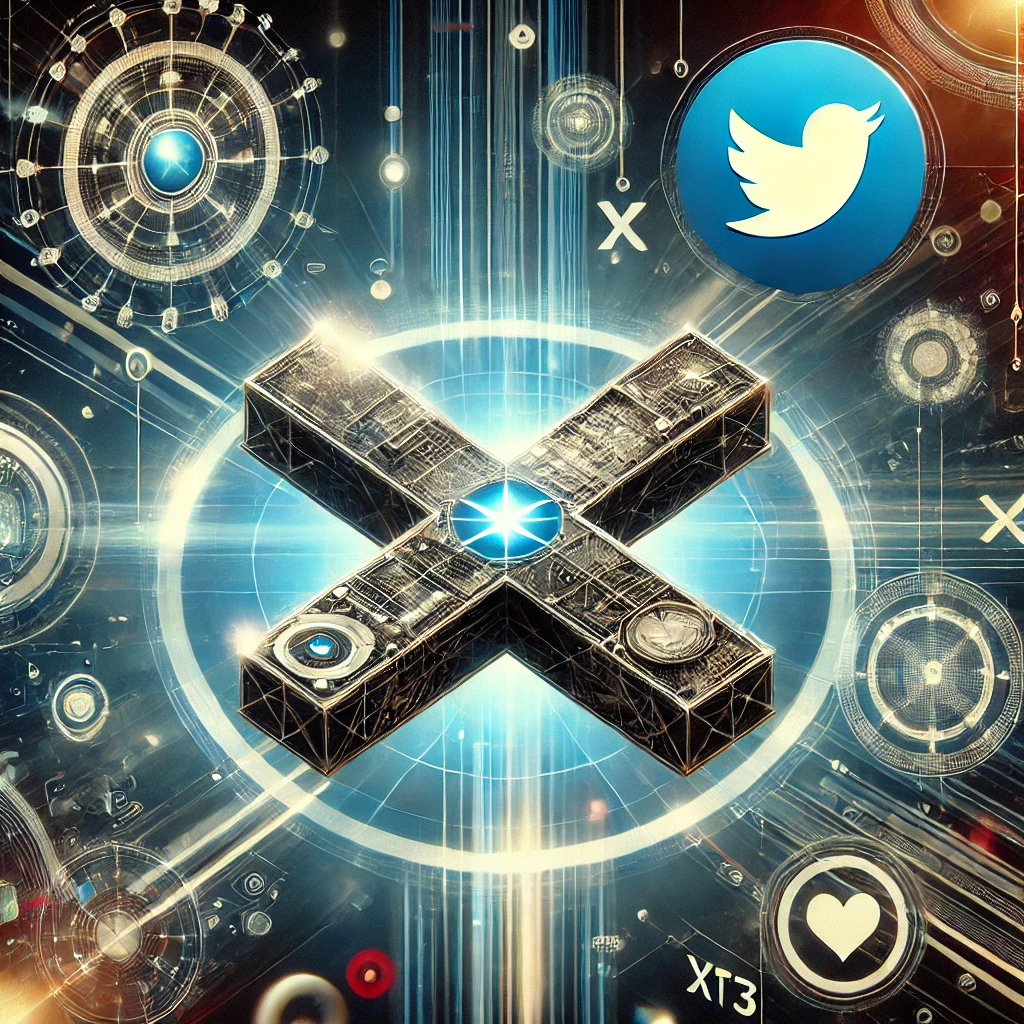
Web3, the next iteration of the internet, is fundamentally transforming how we interact online. Built on blockchain technology, Web3 aims to decentralize the web, giving users more control over their data and digital assets. In this new era of decentralization, X (formerly known as Twitter) is emerging as a potential platform to embrace Web3 principles, transforming the way we use social media.
This blog explores the intersection of Web3 and X, highlighting how decentralization could revolutionize social media, empowering users and content creators like never before.
What is Web3?
Web3 is a decentralized version of the internet that operates on blockchain technology. It shifts the power dynamics of the web from centralized companies to users by offering transparency, security, and control over personal data and digital assets. In Web3, decentralized applications (dApps) replace traditional apps, and smart contracts enable automated agreements without intermediaries.
Some of the core principles of Web3 include:
- Decentralization: No single entity controls the network.
- Ownership: Users own their data and digital assets, such as cryptocurrencies or NFTs.
- Interoperability: Web3 apps can interact seamlessly across platforms.
- Transparency: Transactions and actions are recorded on a public blockchain, ensuring accountability.
How X is Adapting to Web3
X, as a major social media platform, has the potential to embrace Web3 technologies to enhance user experiences. Although X is not yet a fully decentralized platform, there are clear signs that it is exploring Web3 technologies such as crypto payments, blockchain integration, and more.
- Crypto Payments Integration: X has already taken steps to integrate cryptocurrency tipping, allowing users to tip creators with Bitcoin and Ethereum. This marks a shift toward decentralized finance (DeFi) principles, allowing global transactions without traditional financial intermediaries.
- NFT Integration: X users can now showcase their NFTs as profile pictures. By supporting NFTs, X is allowing users to authenticate and display their digital collectibles, further integrating Web3 elements into the platform. This creates a new revenue stream for artists and content creators who rely on NFTs as a way to monetize their digital creations.
- Decentralized Identity: One of the key promises of Web3 is the use of decentralized identities. In the future, X could adopt decentralized ID systems, allowing users to have greater control over their online identity and data. This could reduce reliance on centralized platforms for verification and privacy, empowering users to control how their data is shared across the web.
- Decentralized Governance: In a Web3 future, X might also explore decentralized governance models, where users have a say in the platform’s decisions. This would reduce the concentration of power in corporate hands and create a more democratic social media environment. For example, governance tokens could be introduced, allowing users to vote on changes to the platform or policies.
Why Web3 Matters for Social Media
The integration of Web3 technologies on social media platforms like X has the potential to fundamentally reshape how these platforms operate. Traditional social media is built on centralized systems, where companies control user data, monetize content, and control access. Web3 challenges this model by offering users more control and ownership over their digital presence.
Here’s why Web3 is crucial for the future of social media:
- User Empowerment: Web3’s decentralization allows users to truly own their data, reducing the risk of censorship and data exploitation. Users can choose how to monetize their content, and blockchain technology ensures that transactions are transparent and immutable.
- Content Monetization: Web3 enables creators to directly monetize their work using tokens, NFTs, or smart contracts, eliminating the need for middlemen like ad networks or centralized payment systems.
- Digital Identity: In Web3, users own their online identities, which are portable and can be used across multiple platforms. This decentralized identity system eliminates the need for users to give up personal data to multiple companies, enhancing privacy and security.
Challenges of Web3 Adoption on X
While the potential for Web3 integration on X is significant, there are challenges that need to be addressed:
- Regulatory Concerns: Web3 technologies, especially cryptocurrencies and NFTs, are still facing regulatory scrutiny in many countries. As X integrates these technologies, it will need to navigate complex legal landscapes.
- User Education: Web3 concepts like decentralized identities, crypto wallets, and NFTs can be confusing for everyday users. X will need to invest in educating its user base on how to interact with Web3 features securely and efficiently.
- Scalability: Blockchain technologies, especially those supporting large-scale decentralized applications, are still evolving. X will need to ensure that any Web3 integration can handle millions of users without compromising performance.
The Future of Web3 and X
As Web3 continues to evolve, its integration with platforms like X will likely deepen. X could become a trailblazer in the social media landscape, leveraging decentralized technologies to empower users, creators, and communities in ways never before possible.
In a fully Web3-enabled X, users might have complete control over their data, seamlessly monetize content through crypto payments and NFTs, and participate in decentralized governance to shape the platform’s future.
For now, X is taking its first steps into Web3, and it’s exciting to imagine what the future holds as decentralization becomes more prevalent across social media platforms.
Web3 #XPlatform #Decentralization #Blockchain #NFTs #CryptoSocialMedia